One City, Many Names
As a city under constantly shifting rule, Wrocław has been known by many names throughout its history. In fact, the national status of Wrocław has changed more often than any other city in Europe. Passing hands from the Polish Piasts (1000-1335), to the Kingdom of Bohemia (1335-1526), to the Austrian Hapsburgs (1526-1741), to the Kingdom of Prussia (1741-1871), into the German Empire and Third Reich (1871-1945), and finally back to Poland (1945-today, and hopefully tomorrow as well), Wrocław cannot be claimed as the by-rights homeland of any one nation or people, despite the past efforts of politically motivated revisionist historians to prove otherwise (the Recovered Territories Exhibition of 1948, for example). The city’s makeup has always been diverse culturally and religiously with Poles, Germans, Bohemians, Austrians and Jews all making significant contributions to Wrocław’s development. With so many influences and upheavals, Wrocław (as we know it today) has seen more than its fair share of names and spellings used throughout the years, including Vratislava, Vratislavia, Wratislavia, Vratizlau, Wrotizla, Wratislau, Wretslaw, Wrezlau, Vraclav, Vretslav, Prezlav, Presslaw, Prassel, Brassel, Breslau, Bresslau, Breczlaw, Bretzlaw, Bretlav, Bretzlau, Bretzla, Brezslaw, Brezlaw and plenty more. Just keep scrambling the letters to make your own.Breslau Be Thy Name
By far the most commonly referenced name for the City on the Oder today, aside from 'Wrocław' of course, is the German name 'Breslau,' which the city held from the 19th century until the end of WWII. Although 75 years have passed, it's not uncommon to see and hear the German name still in use, particularly by and for the German nostalgia tourists who come here to seek their roots. Both the Polish 'Wrocław' (which apparently predates the German) and German 'Breslau' are thought to have been derived from the Czech 'Vratislava,' as the city was likely known in the 10th century - an homage to Duke Vratislav I of Bohemia, who ruled these lands from 915 to 921 AD. In fact, no surviving document mentions the city's name until an early-11th century chronicle by Thietmar of Merseburg where it is recorded as 'Wrotizlava.'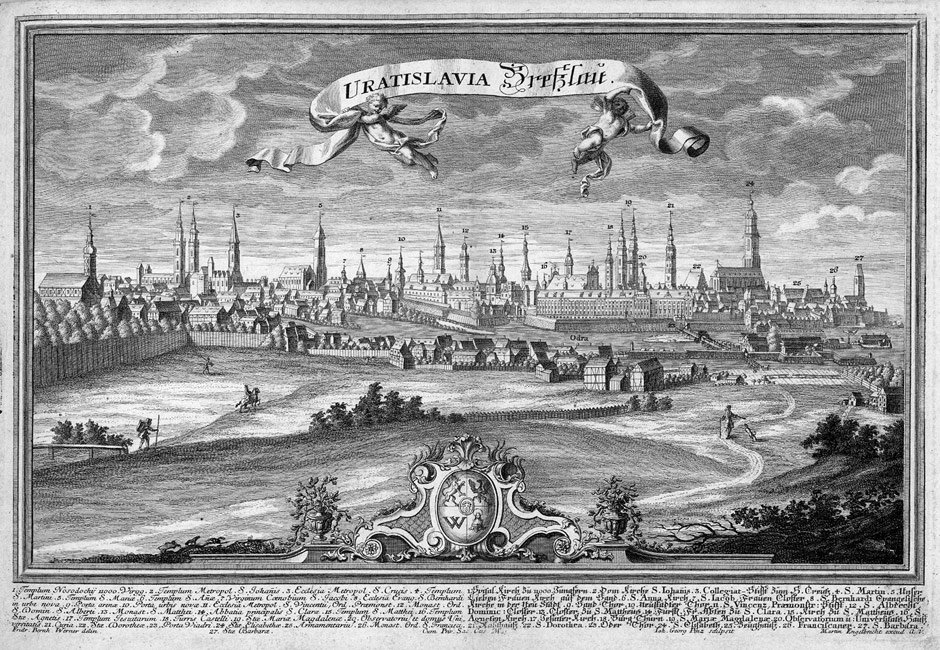
Variants of the German name began appearing in documents shortly after Poland lost control of the region in 1335, but it wasn't until the city became part of the Kingdom of Prussia in 1741 that 'Breslau' became commonplace, with some sources claiming that Frederick the Great changed the city’s name to 'Breslau' himself. As 'Breslau' the city enjoyed a period of titular stability through the days of the Prussian Empire, Napoleonic Wars, Weimar Republic and Third Reich, until the end of World War Two. As decided at the Yalta Conference in 1945, Poland's post-war borders were shifted westward, absorbing Breslau, whose population was 99% German at the time.
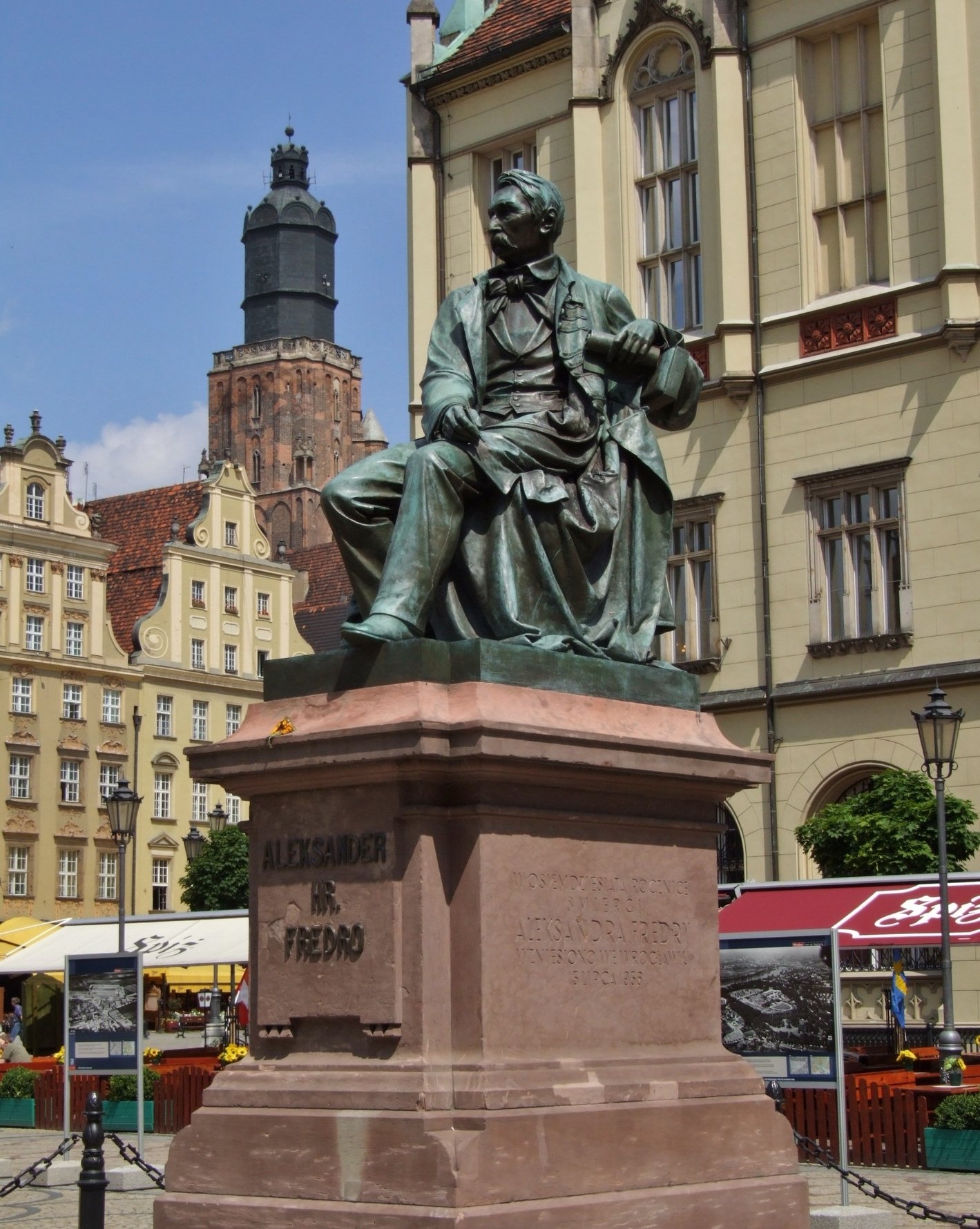
today stands on Wrocław's market square where once
was a monument of Frederick William III of Prussia.
Wrocław as Lwów
Now the Polish city of 'Wrocław,' the German population was expelled and replaced with ethnic Poles from the Polish territories in the east which were annexed by the Soviet Union as a result of the same geopolitics decided at Yalta. These tens of thousands of Polish migrants not only reversed the ethnic make-up of the city, but also its cultural life by bringing many of their cultural touchstones - primarily from Lwów, the largest, most culturally important city annexed by the USSR - with them. Cultural treasures originally from Lwów/Lviv that today make up the cultural heritage of Wrocław include the Fredro statue in the main square, the library collection of the Ossolineum, and the epic painting known as the Racławice Panorama.
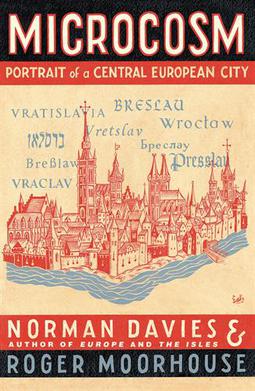


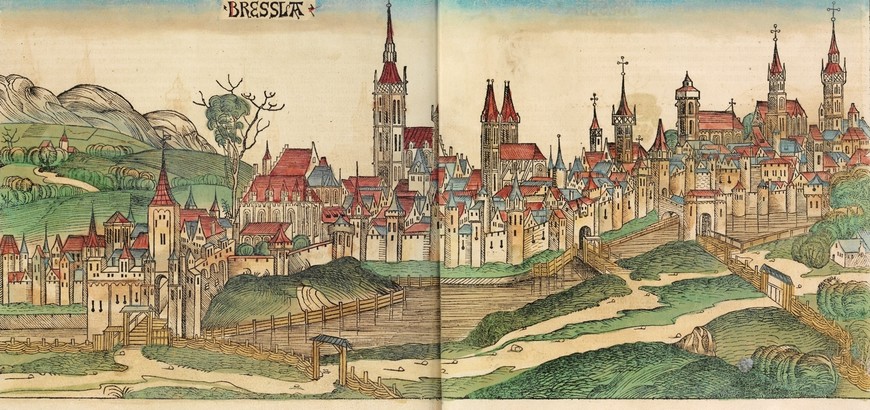
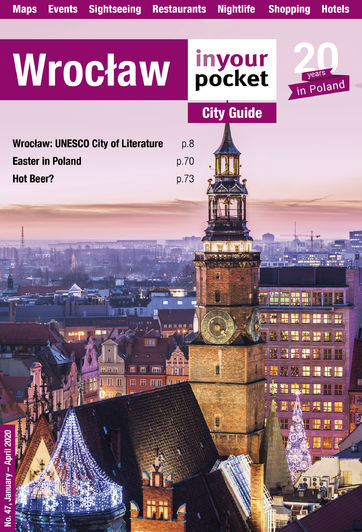
Comments